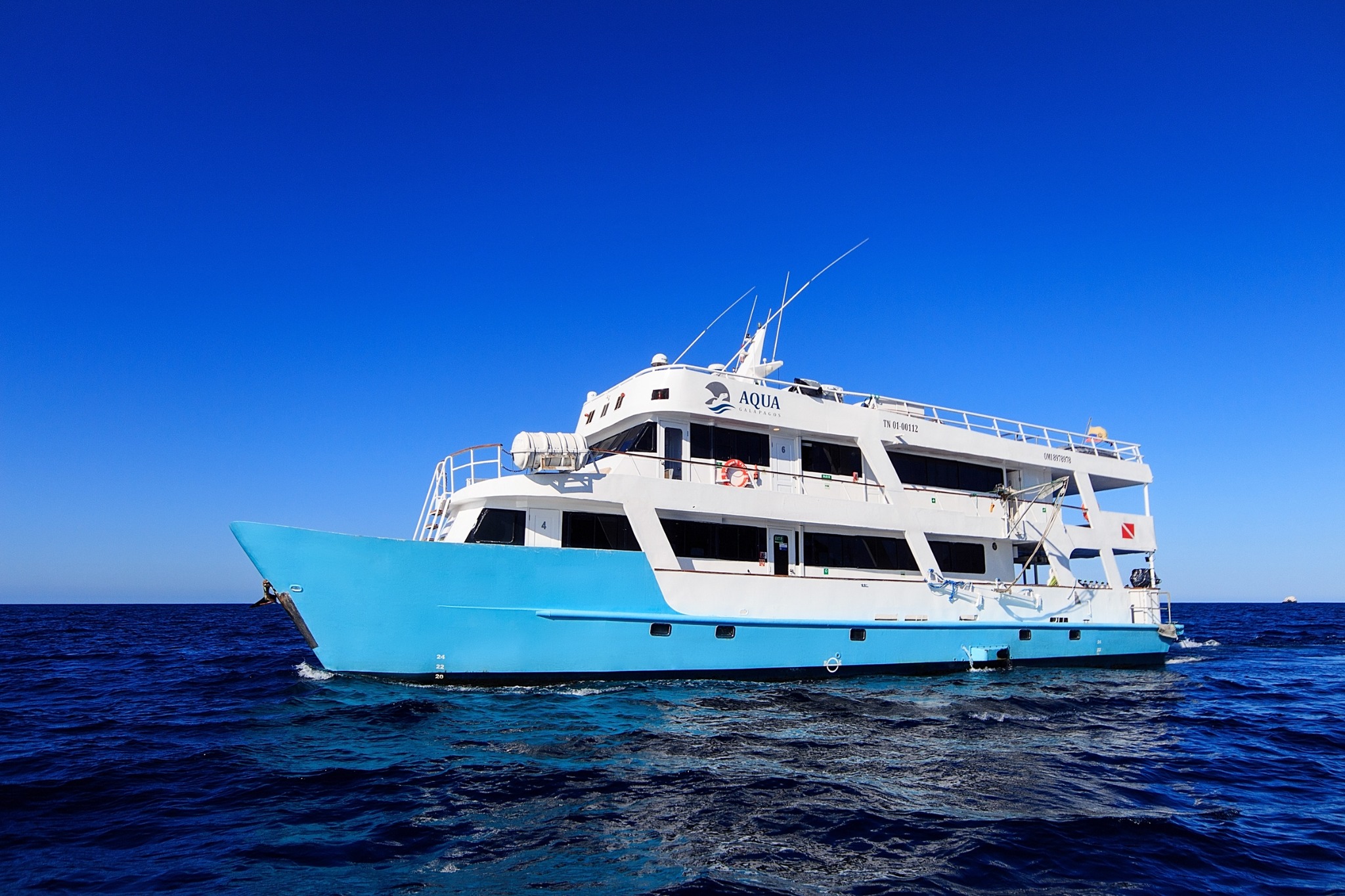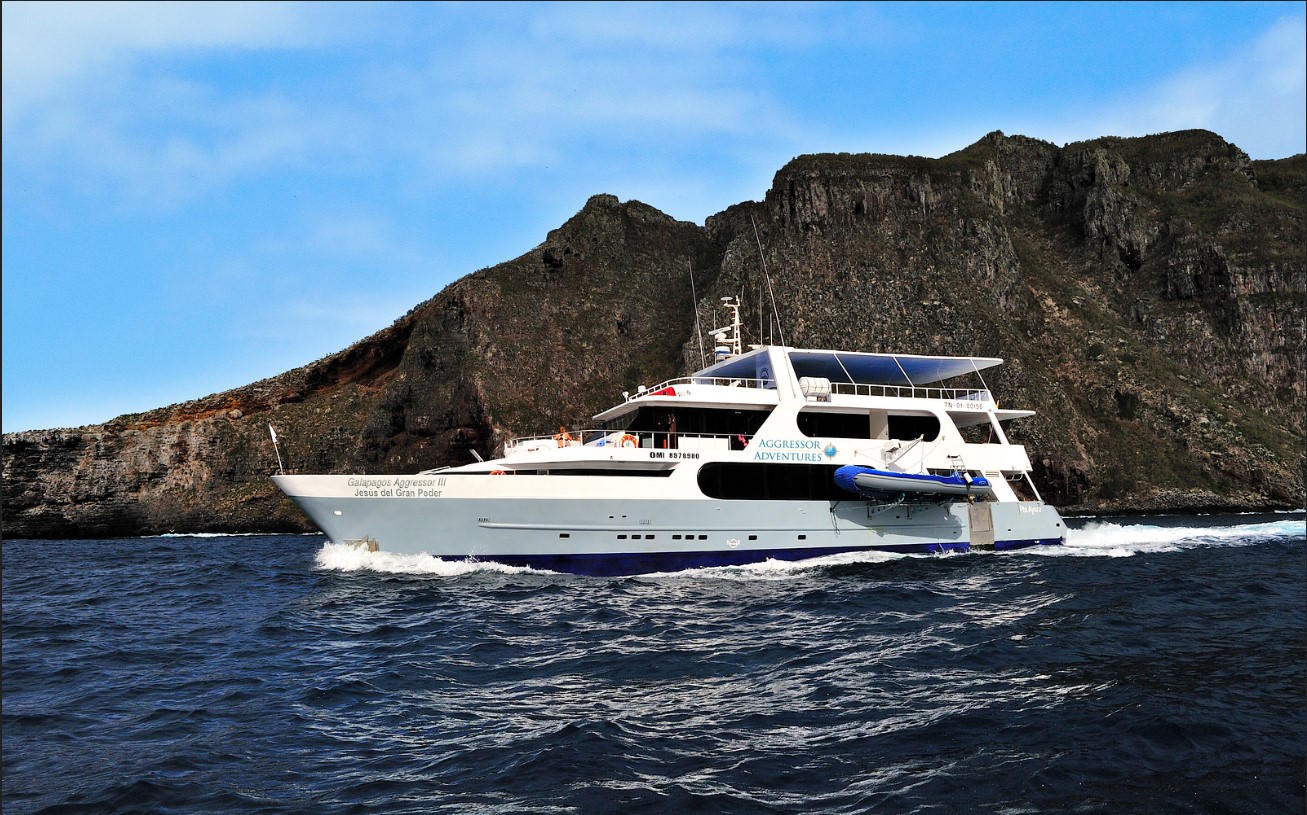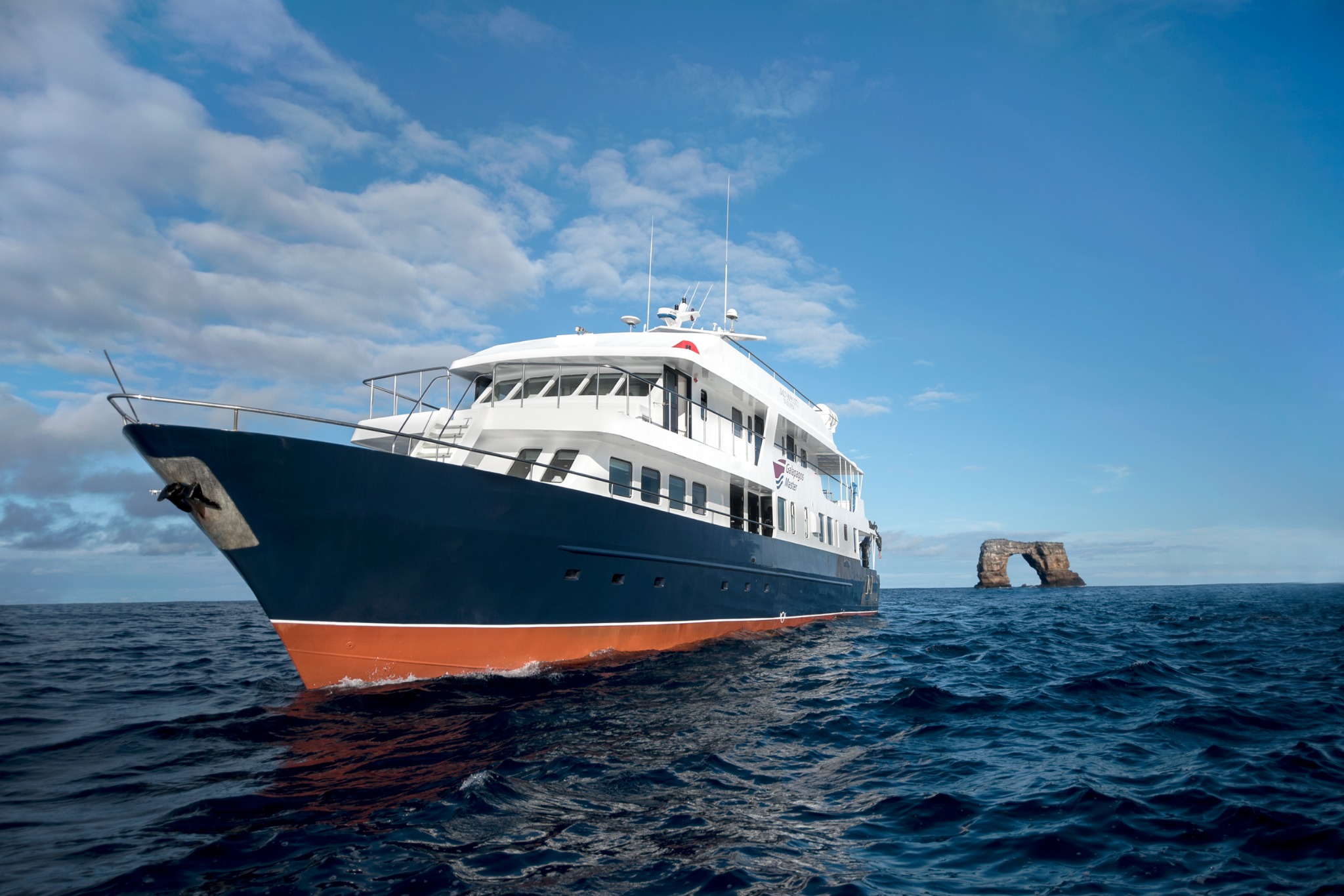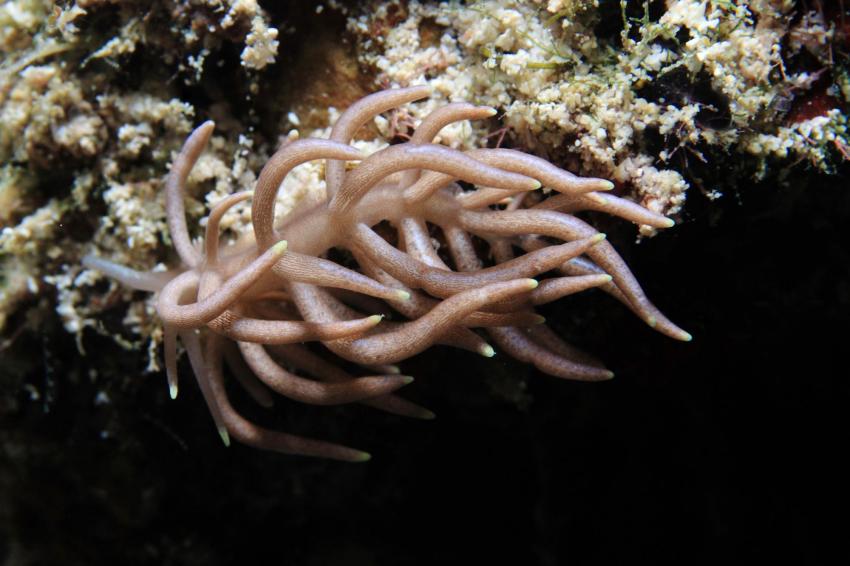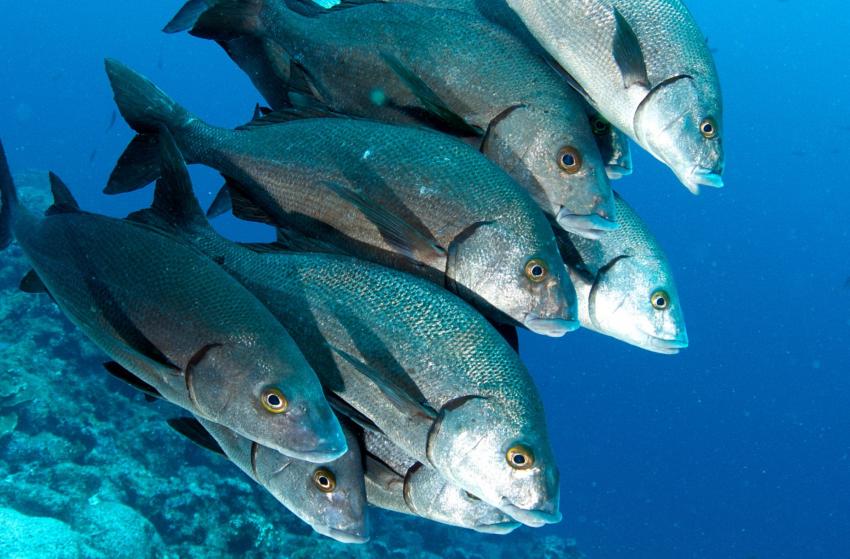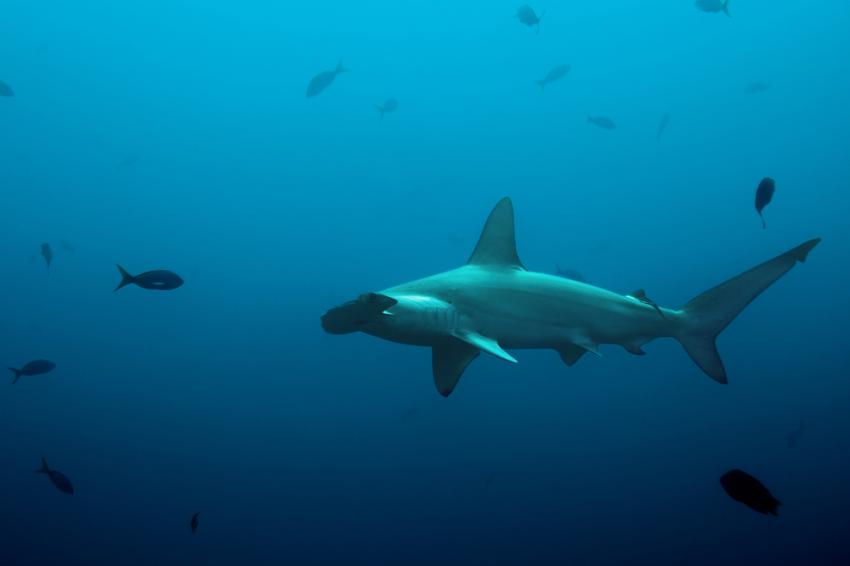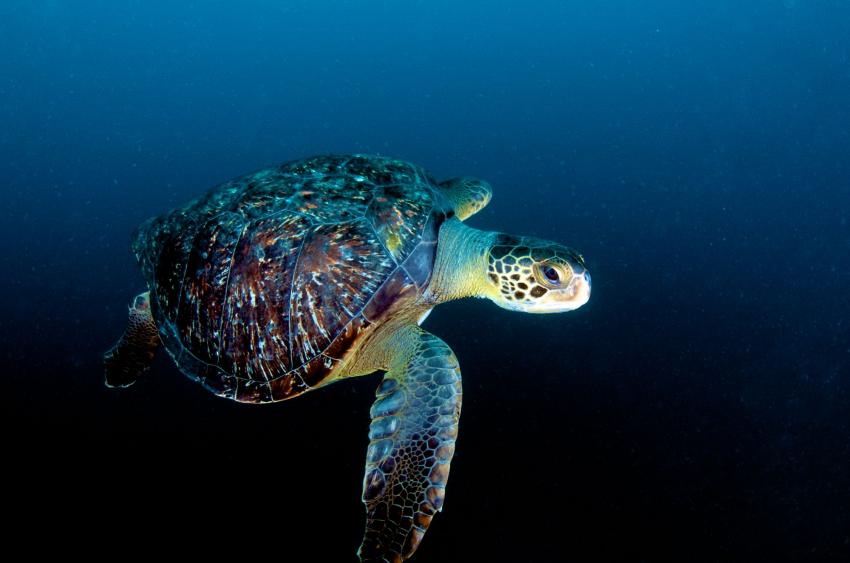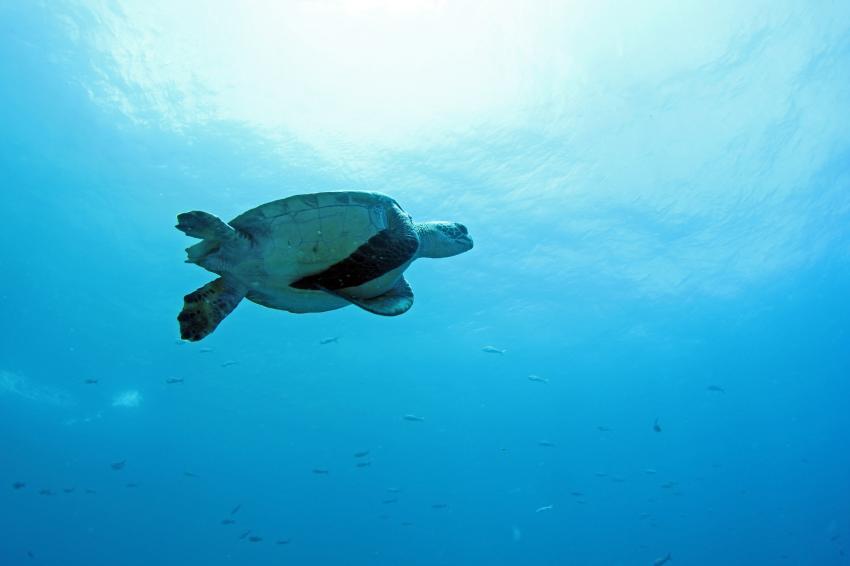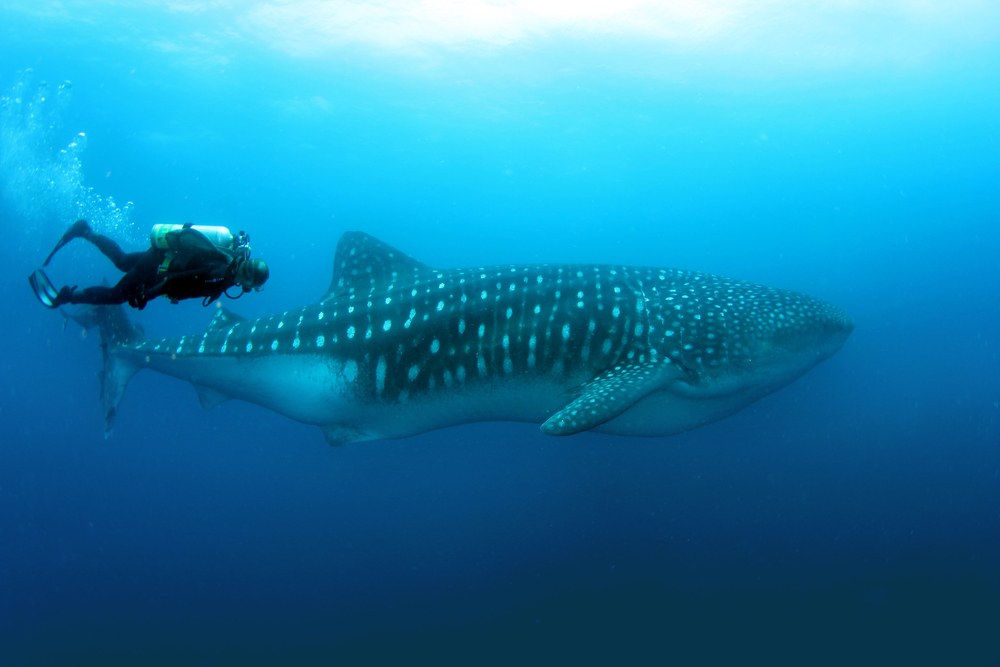
Wolf Island
60% of divers returns to us
Liveaboard cruises offering dives at the Wolf Island
All about Wolf Island dive site
Wolf Island is one of the most remote and incredible dive sites in the world. Located in the far northwest of the Galapagos archipelago, it is part of the Galapagos Marine Reserve and is renowned for its exceptional diving opportunities. Liveaboard diving trips to Wolf Island are the best way to experience this unique and remote destination. These trips allow divers to explore the diverse marine life and underwater landscapes of Wolf Island while staying onboard a comfortable and fully-equipped dive vessel. The marine life at Wolf Island is diverse and includes a wide variety of species that are endemic to the Galapagos. Divers can expect to encounter large schools of hammerhead sharks, eagle rays, sea turtles, whale sharks, and many species of fish. The island is also home to sea lions, fur seals, and an incredible variety of birdlife. It's important to note that diving at Wolf Island is challenging and requires a high level of experience and fitness. Divers must be prepared for strong currents, deep dives, and challenging conditions. However, the rewards of diving at Wolf Island are well worth the effort, with some of the most incredible marine life and underwater landscapes in the world waiting to be explored

What to see
One of the most iconic species to see while diving at Wolf Island is the hammerhead shark. Wolf Island is known for its large schools of hammerheads, which can number in the hundreds. These majestic creatures are truly awe-inspiring to watch as they glide through the water. In addition to hammerheads, you may also see other species of sharks such as Galapagos, blacktip, and whitetip reef sharks. Wolf Island is also home to a wide variety of fish species, including giant groupers, barracudas, and yellowfin tuna. The waters around Wolf Island are also frequented by sea turtles, which can be seen swimming gracefully through the water. You may also encounter playful sea lions and fur seals, who often approach divers curiously and interact with them. Other amazing marine life that can be seen while diving at Wolf Island includes eagle rays, manta rays, and mobula rays. The island is also home to a variety of invertebrates such as octopuses, nudibranchs, and sea stars
When To Go Diving
The best time to go diving at Wolf Island in the Galapagos is generally considered to be from June to November, which is the cool and dry season. During this time, the water temperatures are cooler but the visibility is generally better, making it easier to spot the large schools of hammerhead sharks and other marine life that Wolf Island is famous for. Water temperatures at Wolf Island vary depending on the time of year. From June to November, water temperatures range from around 18-23°C (64-73°F), with the coolest temperatures generally occurring in August and September. From December to May, water temperatures are warmer, ranging from around 21-27°C (70-81°F), with the warmest temperatures generally occurring in February and March. It's important to note that the water temperatures at Wolf Island can be affected by currents and upwellings, which can cause sudden drops in temperature. Divers should be prepared for these changes and bring appropriate thermal protection, such as a wetsuit or drysuit, depending on their personal preference and the conditions
